It’s sometimes hard to focus on the Mesopotamian civilization the same way that you would focus on the Egyptian dynasties or the Greek peninsula. Compared to the latter two civilizations, the Mesopotamians encompass a large area with various civilizations over the course of thousands of years. The gods and goddesses number in the thousands, making it a rather intimidating civilization to get into.
That said, one of the easiest ways to learn about a civilization is to study their most famous cities. Ancient cities can be an incredible source of knowledge, but the important part is the cities aren’t so overwhelming that it becomes tedious. Learning about the cities is a fantastic gateway to the rest of Mesopotamian culture, giving you a quick rundown on the impact of its cities and a sneak peek into how the ancient civilization used to live.
Uruk
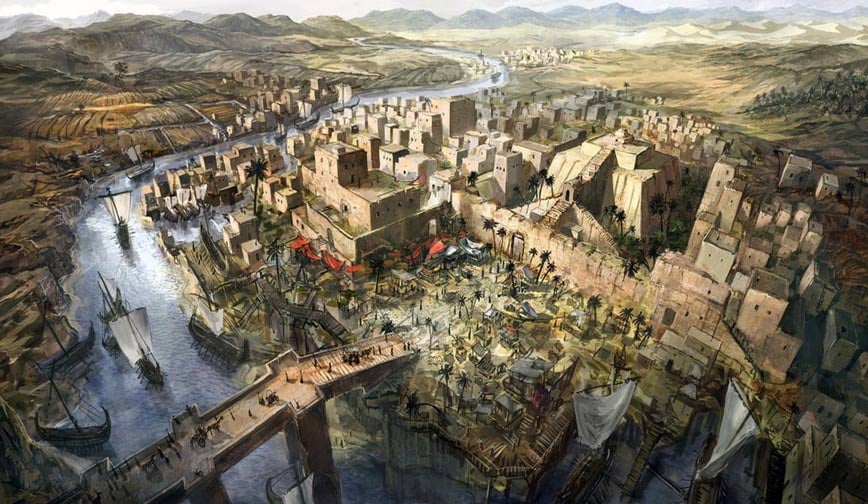
It is sometimes difficult to talk about the importance of a particular city, especially one that no longer exists—at least in the ancient sense. To talk about the greatness of a city, it’s challenging to really let people know the sense of how magnificent or significant a city was.
To put things into perspective, let’s talk about Uruk. Uruk was known as one of the first major cities in the world—as Mesopotamia is technically the birthplace of cities. It was the largest city in the world at one point, and one of its most famous kings was Gilgamesh, made famous in pop culture for his many stories in the Epic of Gilgamesh. Uruk was one of the oldest cities, and one of the most magnificent. At one point, Uruk had no rival.
Akkad
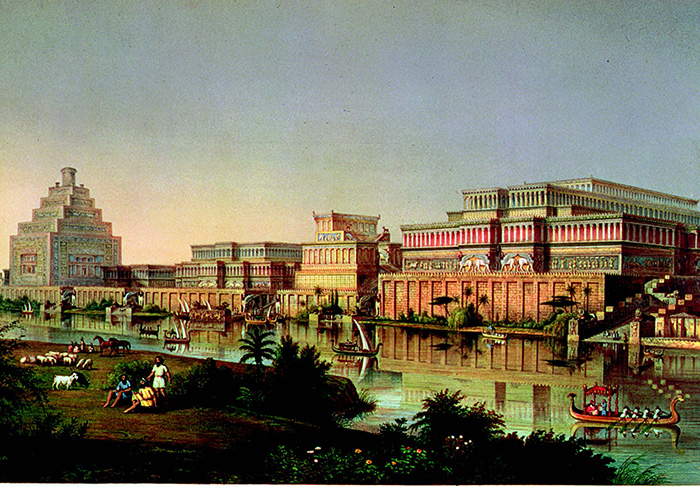
Up next on the list is a city as famous as it is mysterious. If Uruk was known as one of the first cities in the world, Akkad was the birthplace of the first empire, spearheaded by the Akkadians. The Akkad people, under the hero Sargon the Great, managed to take control of Mesopotamia by conquering many Sumerian city-states. In terms of achievements, it’s quite similar to how Philip II of Macedon managed to conquer most of the Greek city-states to unify Greece.
The reason why Akkad is so mysterious is that no archaeologist so far has pinpointed its exact location. It’s not easy to look for clues when there are no ruins, but it’s likely that it was situated in southern Mesopotamia. Any archaeologist who manages to find the lost city of Akkad would grow to be quite the celebrity indeed.
Babylon
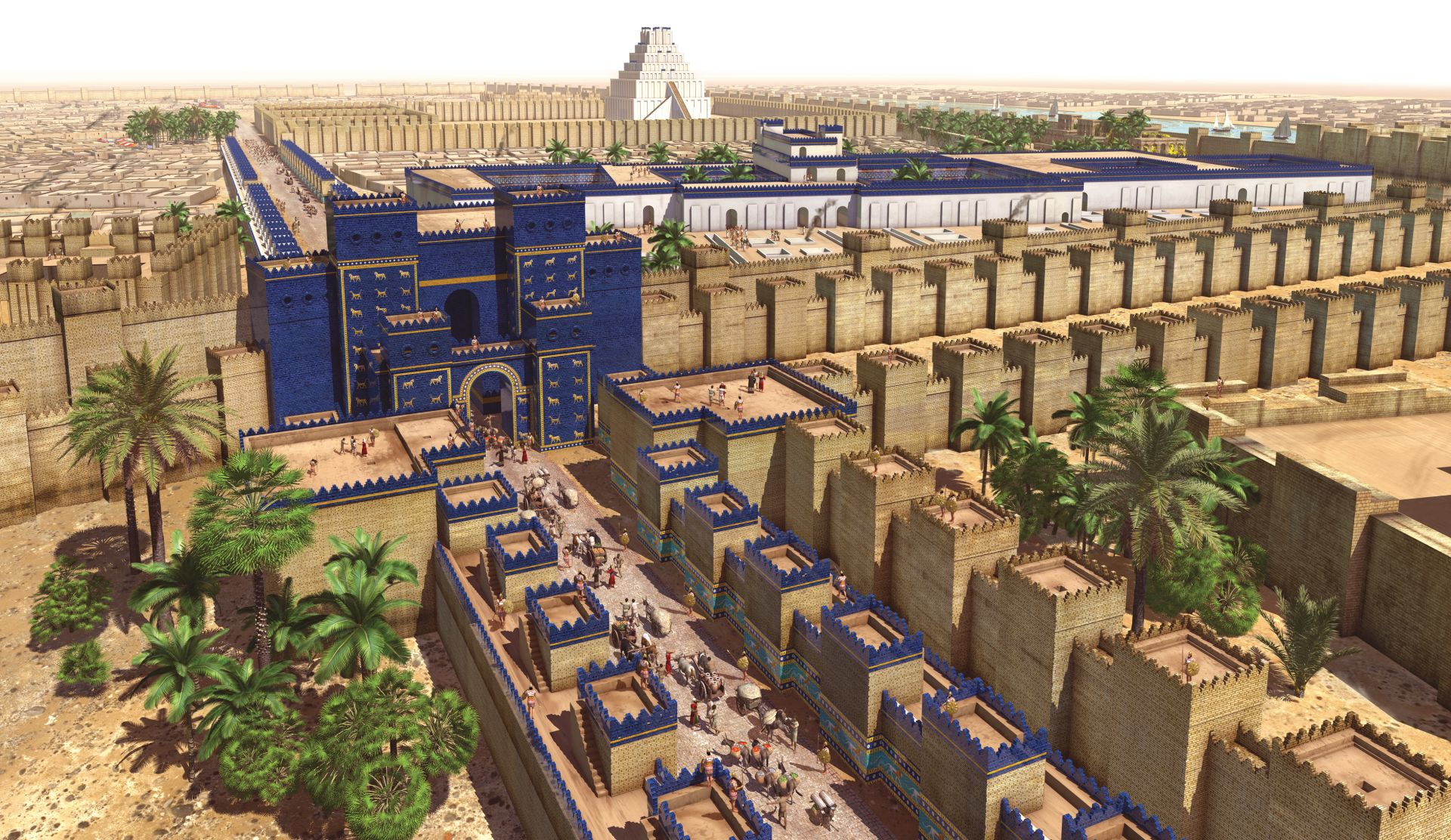
There aren’t a lot of people who aren’t aware of the once great city of Babylon. In fact, the city was mentioned quite a few times in the bible. Did you know that in the Christian holy book, Babylon was so majestic that they started to build a tower, known as the tower of Babylon? They sought to reach the seat of the gods by building the tallest tower in the world. It’s said that the Christian God stopped them in their tracks by inventing different languages. Suddenly, the people building the tower could no longer communicate with each other—and thus the world came to know different nationalities.
While the real Babylon didn’t have such a tower, the seat of the Babylonian empire was majestic indeed. At one point, it was the largest city in the world, similar to Uruk. It was home to great kings, including Nebuchadnezzar and Hammurabi.
Assur
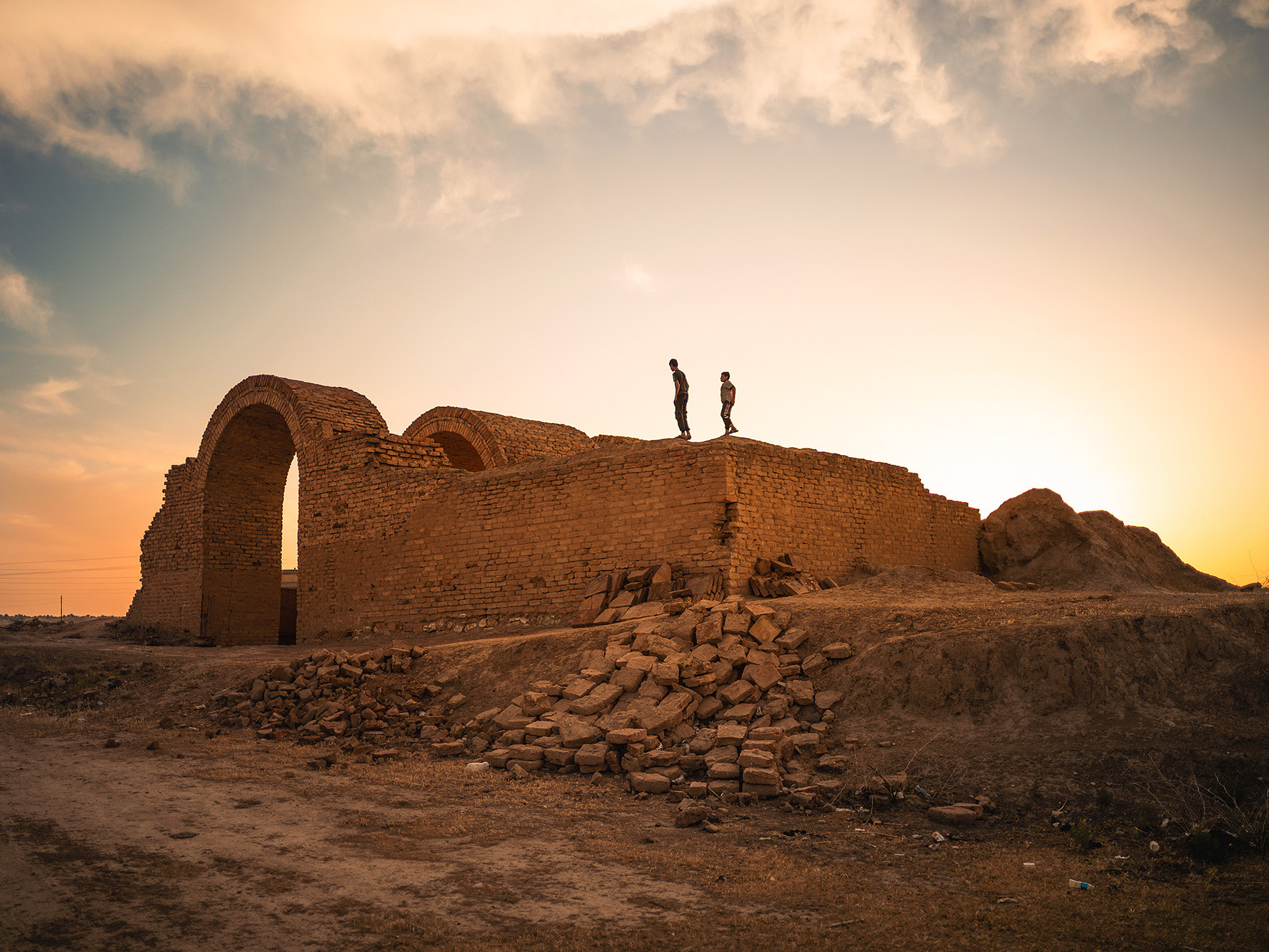
To continue the theme of capital cities, the next on the list is Assur, capital of the Assyrian Empire. We told you that to talk about the cities would be a much easier way to talk about Mesopotamia, as ancient Mesopotamia is filled to the brim with so much history that it can be downright overwhelming. Learning about the different capital cities is great, as it allows you a glimpse into Mesopotamian culture without being too overwhelmed.
Assur was named after the primary god of the Assyrians, Ashur. Assur was also known as the religious center of the empire, even when compared to other cities on the list. It got to the point where the city and the god became interchangeable. Mesopotamian gods and goddesses had more of an active role in daily life, similar to that of the Egyptian pantheon.
Nineveh

The Assyrians went through various capitals, though none were greater than the city of Nineveh, seat of the Assyrian Empire. One of the great things about Nineveh was the fact that it was home to one of the most significant libraries in ancient history. The only other library to match it was the library of Alexandria, but in one of the greatest tragedies, the Romans burned the latter down—taking with it an immeasurable amount of knowledge.
The amazing thing was that the library of Nineveh, containing 20,000 clay tablets, was not lost to history. Much of what we know about the Mesopotamian culture came from those tablets. Nineveh was also home to King Ashurbanipal, known as the last great leader of the Assyrian Empire.
Persepolis
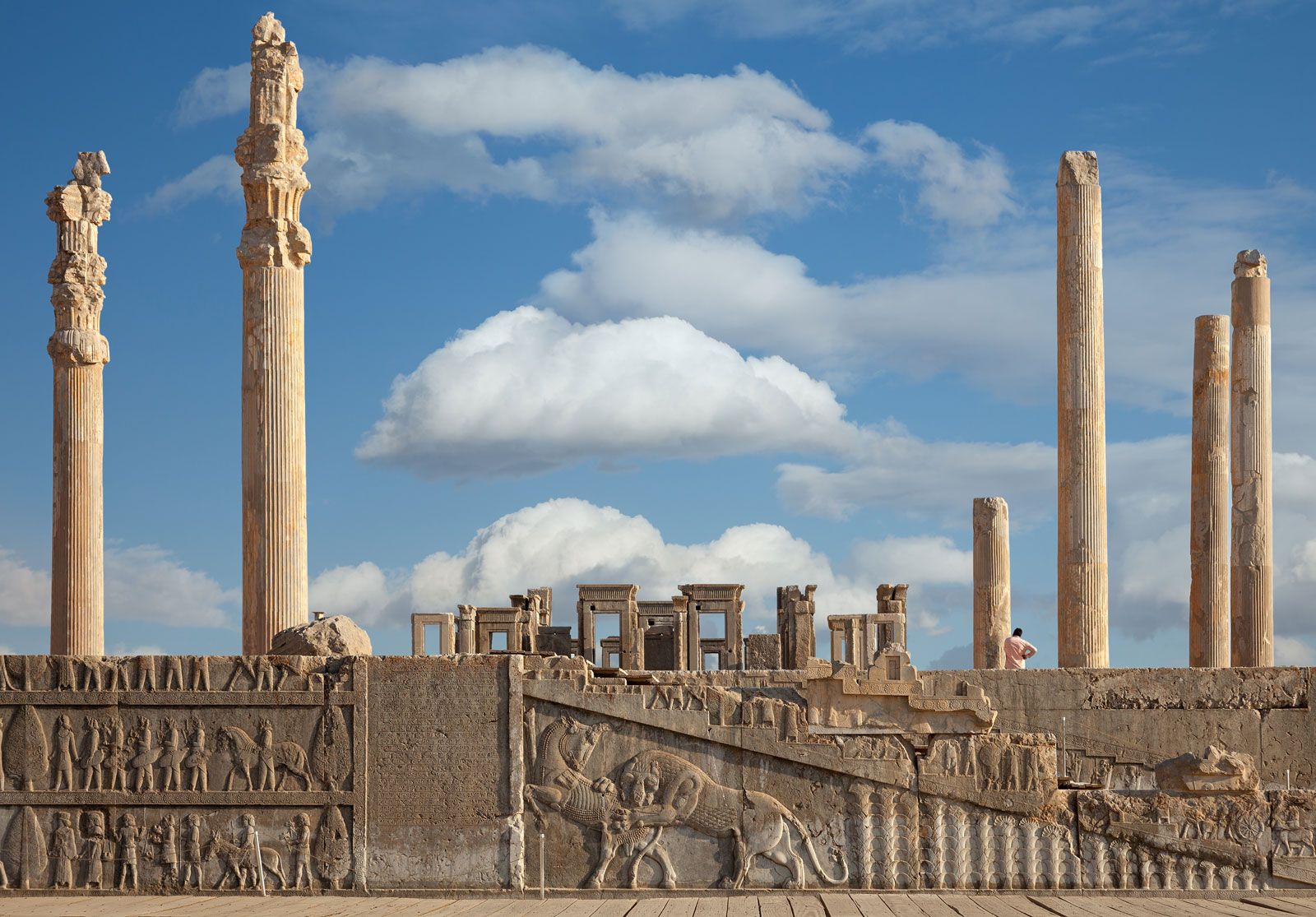
Next on this list is the capital of the Persian Empire. The name is a little bit on the nose, as it’s Greek for “Persian City.” Despite the rather straightforward name, there’s no denying that Persepolis is as breathtaking now as it was back then. In fact, many archaeologists are hard at work with the reconstruction of the great city. Some of the structures being reconstructed include the Apadana Palace, the Gate of Nations, and the Throne Hall.
The Persian Empire was undoubtedly massive, and they were well-known for being a surprisingly progressive empire despite its massive size. Many of the people who lived under the rule of the Persians were taken care of, which is why it’s strange that so many modern interpretations of Persian rule based on pop culture portray them as tyrannical.
Nimrud
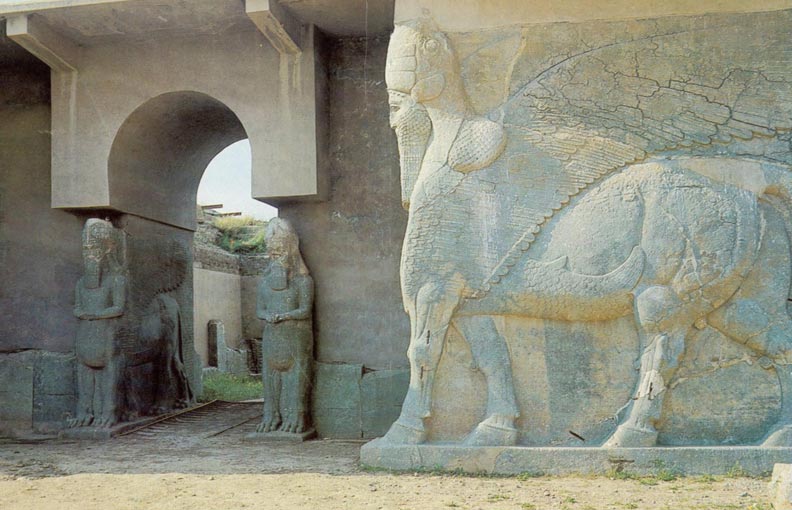
Nimrud was another beautiful city, and was also the capital of the Assyrian Empire at one point. Unfortunately, the city fell into ruin even during the time of ancient Mesopotamia, though it didn’t stay that way for long. King Ashurnasirpal II, known to be a great ruler, had the city rebuilt and turned it into the capital of the Assyrian Empire once more.
Considering all the love and care that went into the construction of Nimrud, it’s only right that it’s famous for having some of the most elegant and breathtaking palaces in the world. For example, the palace of Shalmaneser III had over 200 rooms, and covered about 12 acres. While it might be seen as ostentatious, the Assyrians were undoubtedly more than happy to flaunt the culture of their people.
Ur
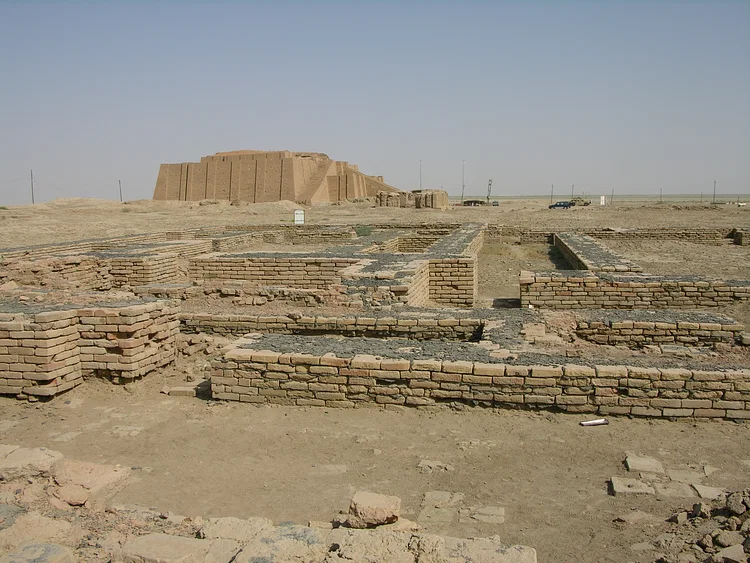
It’s stated in the bible that Abraham left Ur to settle in the land of Canaan. According to biblical tradition, it’s also said that the city is named after the first person to settle there. Whatever the case, Ur was a crucial port city which likely began as a small village during the so-called Ubaid Period of the Mesopotamian civilization. Eventually, it became an established city around 3800 BCE.
Even without the additional biblical narrative, Ur was still considered a relatively popular city at the time, holding great significance in the Persian Gulf. While it might not have been a capital, it was a respected city that flourished quite a bit.
Lagash
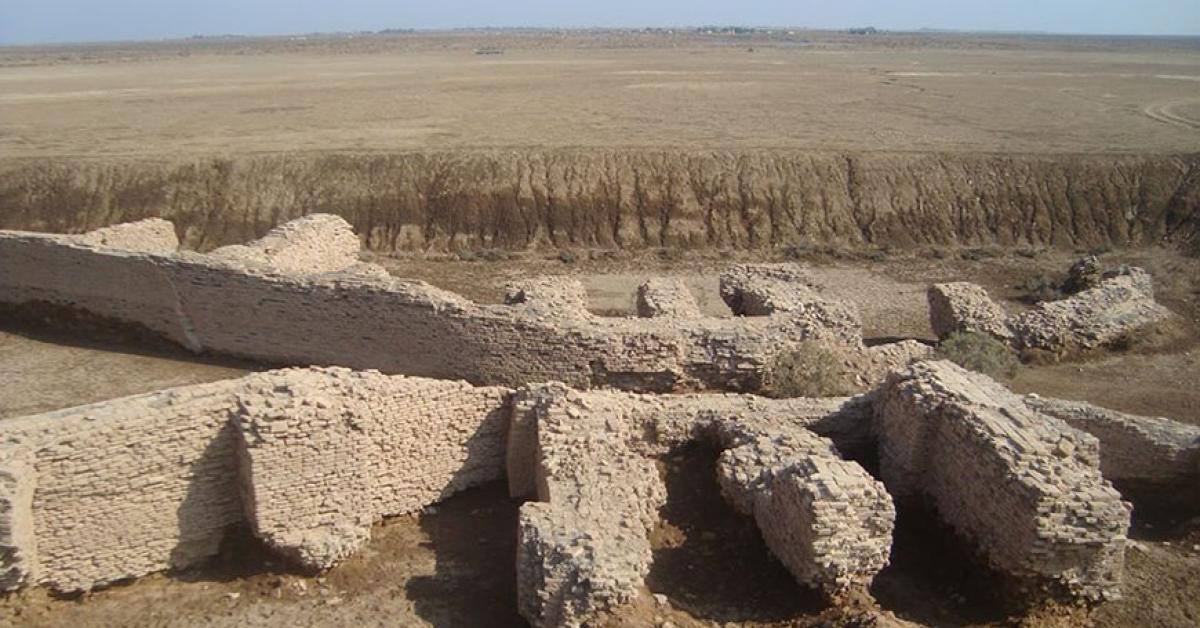
One of the most amazing things about the cities from ancient Mesopotamia is that the ruins are slowly but surely emerging from the desert sands, providing even more information about the civilization. One of those cities to start emerging from the desert sands is Lagash, which was known as the city of kings, yet was somehow not a part of the canon kingship of ancient Mesopotamia.
That being said, it’s still considered one of the most important cities in ancient Sumer, and one of the most crucial capital cities in Mesopotamia as a whole. It’s the very reason why Lagash is considered an archaeological treasure in the Middle East.
Dumuzid
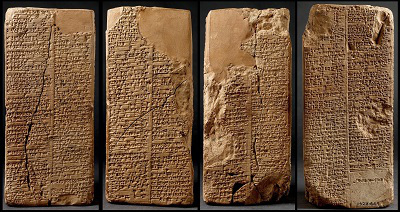
Bad-tibira was one of the cities to appear in the Chronicle of the One Monarchy or the Sumerian King List. Apparently, Bad-tibira was only the second city to exercise a form of kingship before the Great Flood. The kings were said to be En-men-lu-ana, En-men-gal-ana, and Dumuzid, who was known as the god of shepherds. Dumuzid was the husband of Inanna, one of the most important Mesopotamian goddesses, and he was often associated with springtime.
In the tale of Inanna, she persuades the underworld not to take Lulal, the patron of Bad-tibira. Instead, they took Dumuzid. There are many more tales of Inanna and Dumuzid, but suffice it to say, Bad-tibira is undoubtedly one of the more interesting and mysterious cities of ancient Mesopotamia.